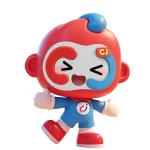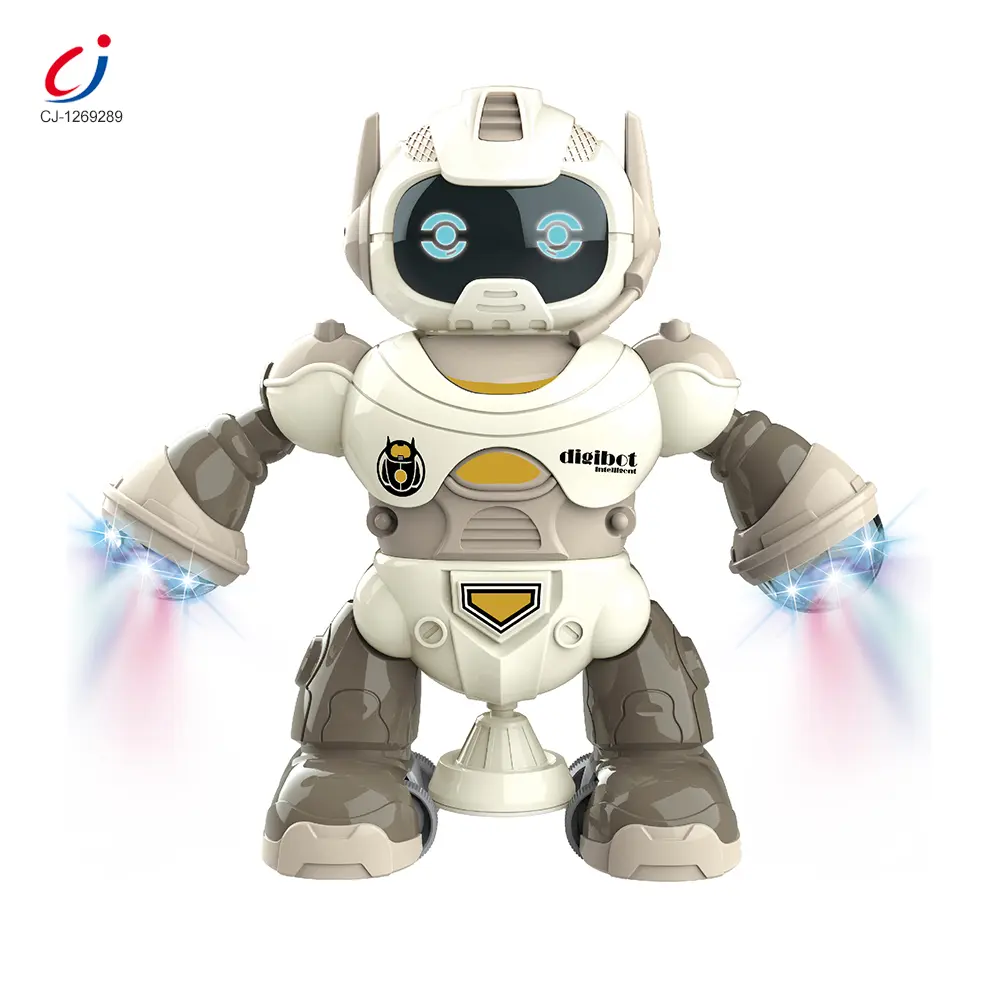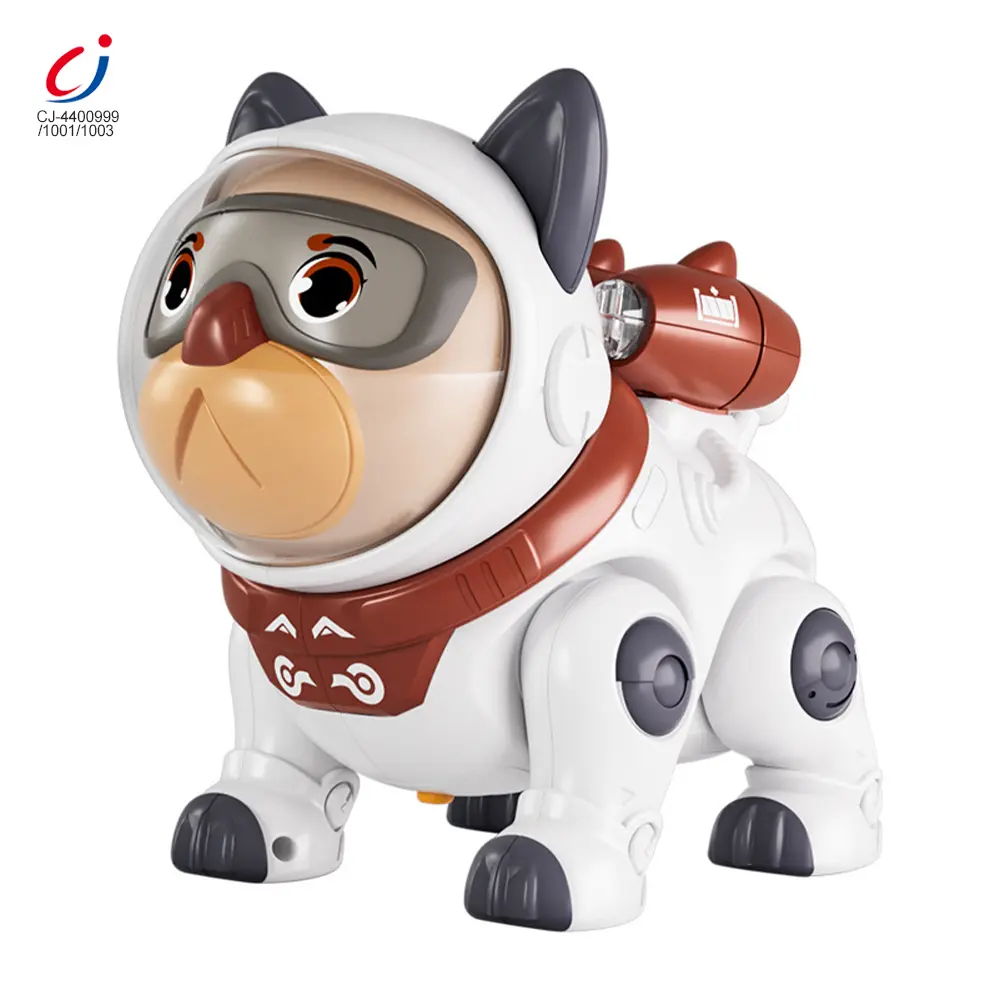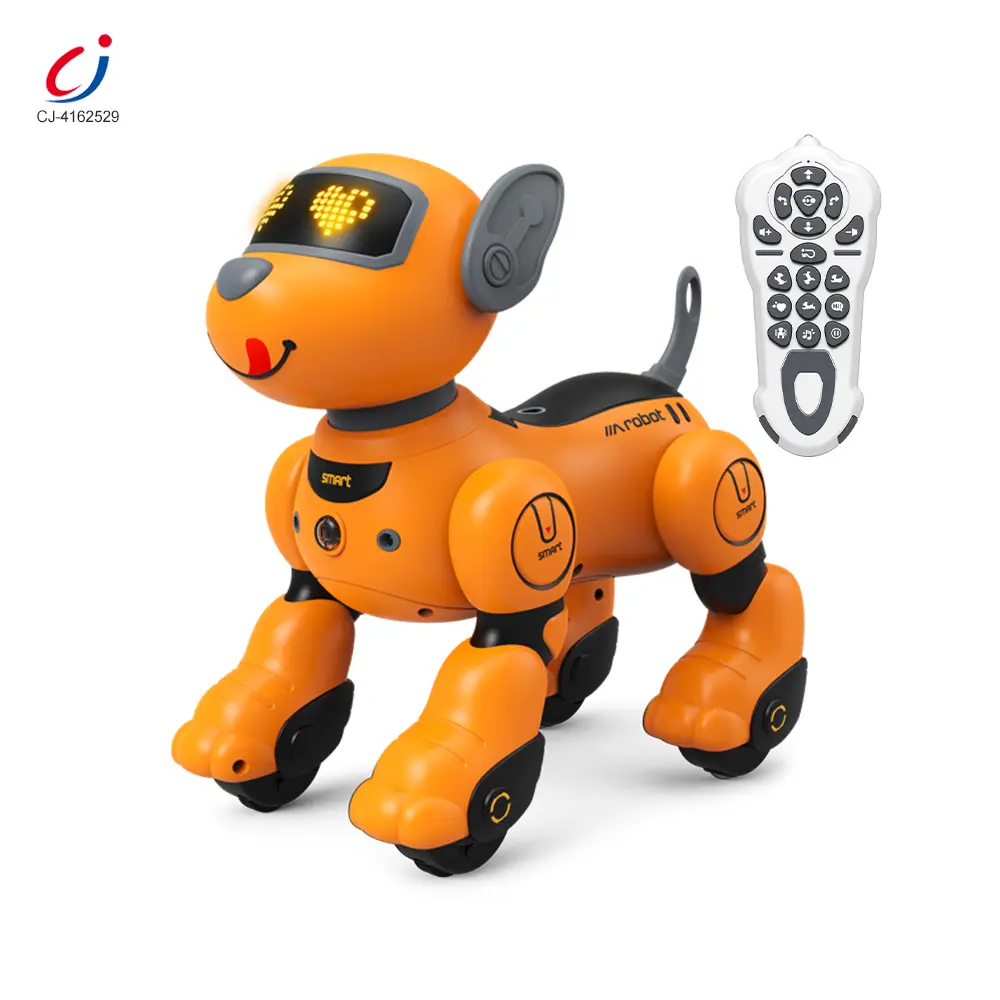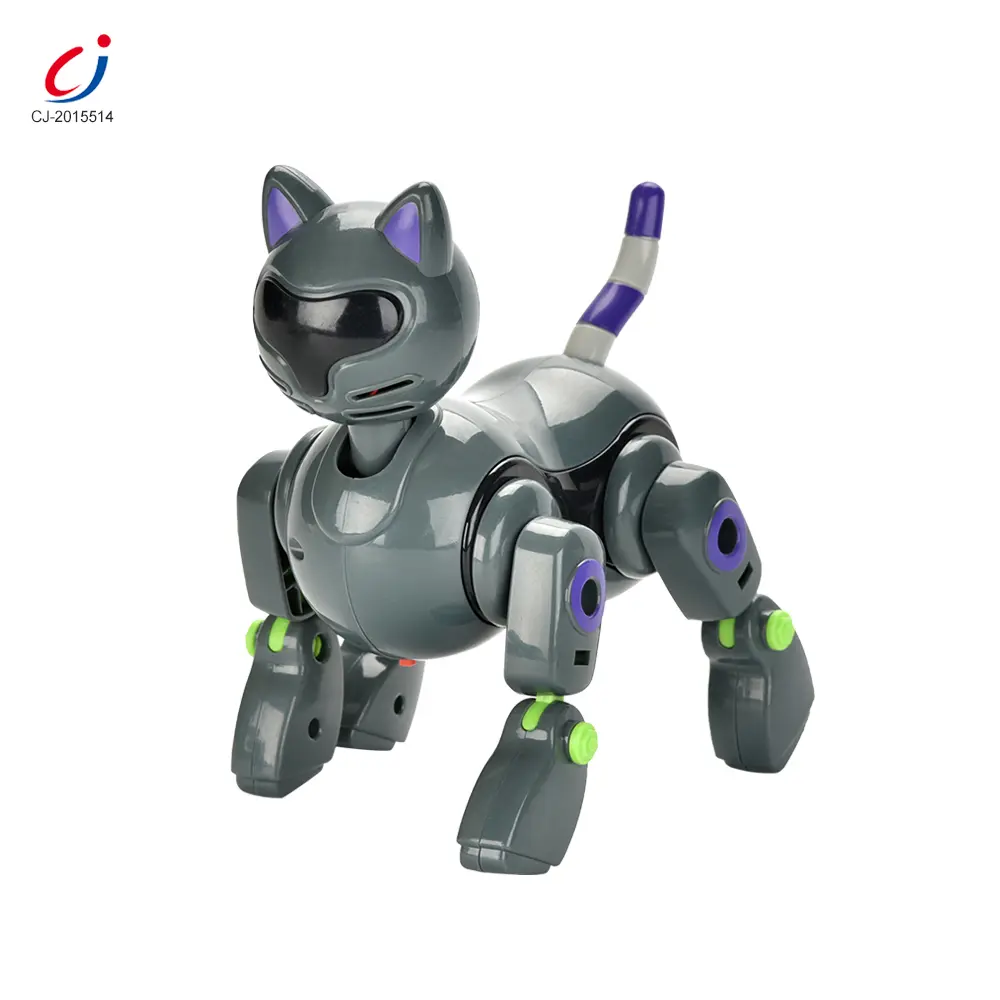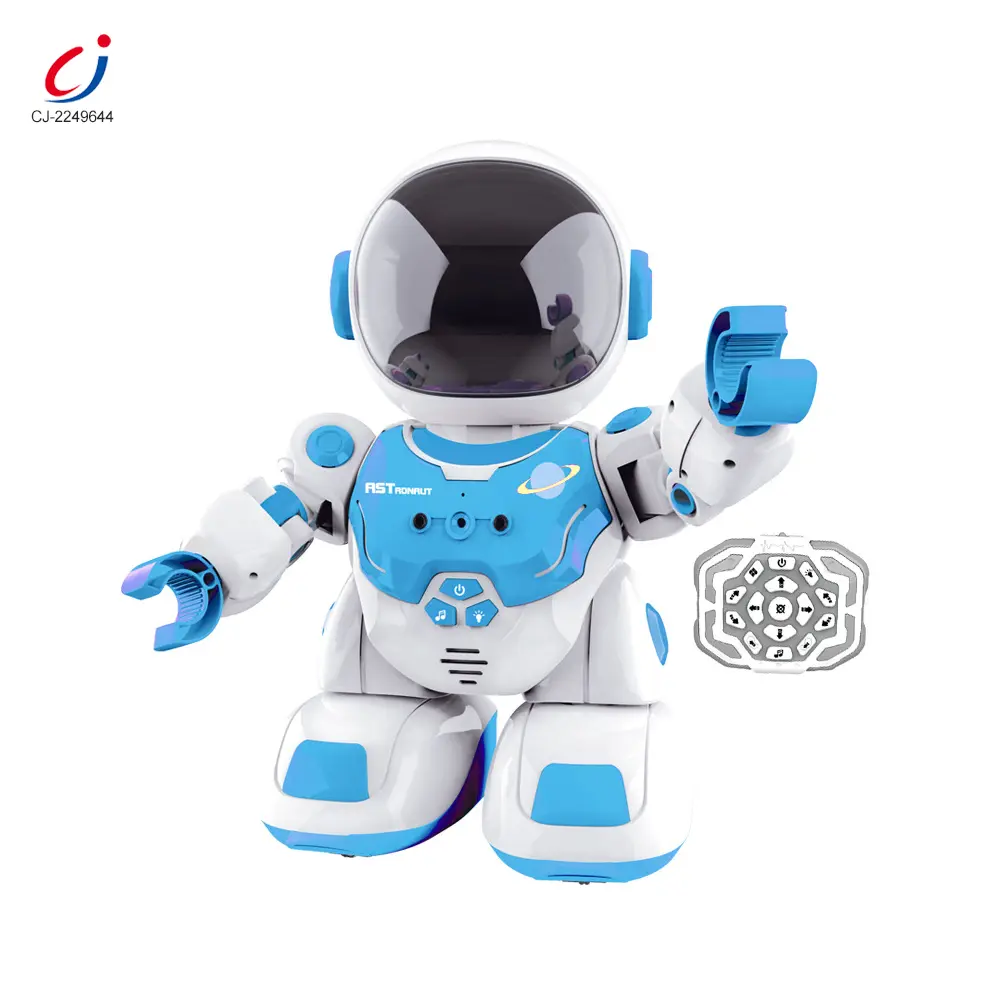여러 지역에서 성공하고자 하는 장난감 제조업체나 장난감 공급업체는 문화가 놀이에 어떤 영향을 미치는지 이해하는 것이 중요합니다. 특정 지역의 장난감 디자인에 지침이 될 수 있기 때문입니다. 문화적 기대치는 미학과 스토리텔링뿐만 아니라 기능, 안전 인식, 연령 분류 및 시장 채널에도 영향을 미칩니다.
이 기사에서 청지는 최고의 장난감 공급업체에서는 다양한 대표 문화권에서 제품 디자인과 마케팅 전략을 조정하는 방법을 설명하여 인사이트를 판매로 전환하고 각 시장에 맞게 장난감 디자인 방법을 최적화할 수 있도록 합니다.
문화가 중요한 이유
문화는 어린이의 일상 생활, 육아 스타일, 교육 방법, 가치관, 휴일 및 미디어를 형성하며, 이 모든 것이 이상적이고 안전하며 적합한 장난감을 결정합니다. 장난감 산업의 트렌드와 지역별 장난감 디자인 선호도를 파악하여 문화적 관점 는 제조업체가 반품을 줄이고, 소매업체 승인 프로세스를 가속화하며, 구매자 전환율을 높이는 데 도움이 될 수 있습니다.
웨스턴 시장(미국 및 서유럽)
이 시장의 어린이들은 독립적이고 상상력이 풍부한 놀이와 사회 정서적 학습에 더 중점을 둡니다. 이 지역의 부모들은 개방형 놀이와 발달 장난감 디자인을 중요하게 생각합니다.
디자인하는 방법:
- 단일 시나리오보다는 창의성을 지원하는 개방형 메커니즘(예: 모듈식 구성, 롤플레잉 키트)을 우선적으로 고려하세요.
- 간단한 버전은 3~5세에게 적합하고 복잡한 버전은 6~9세에게 적합한 등 연령대에 따라 다른 SKU를 디자인하세요. 이는 일반적인 서양의 커리큘럼 및 과외 학습과 일치합니다.
- 중립적이거나 포용적인 미적 디자인 채택 - 중성적인 색 구성표와 다양한 캐릭터 이미지.
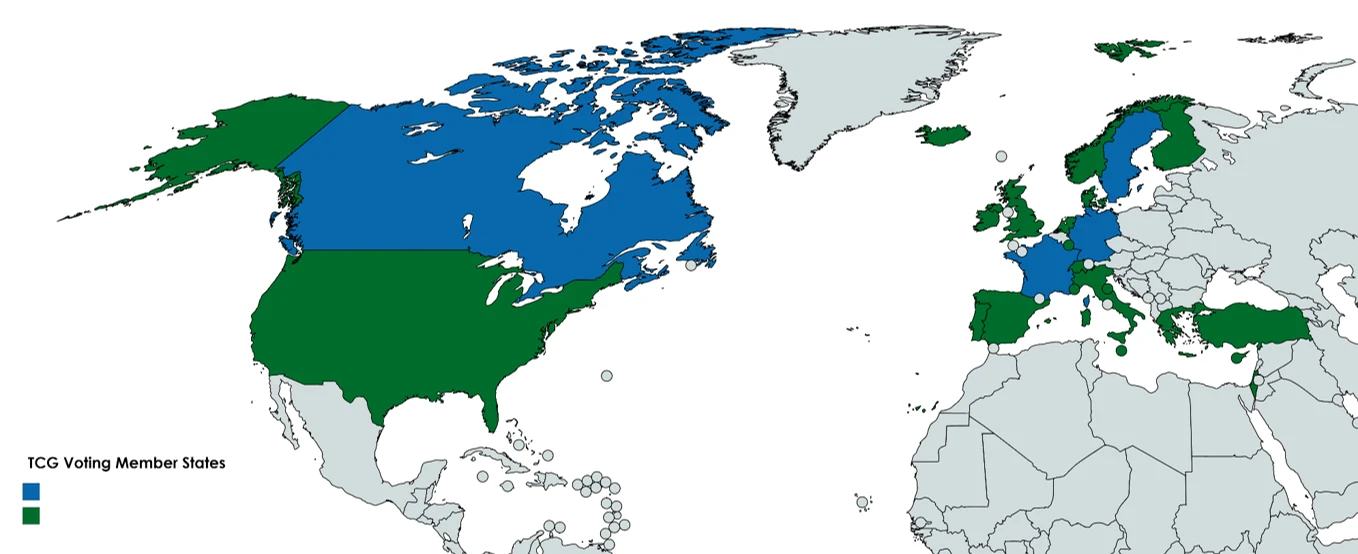
장난감 제조업체는 처음부터 가장 엄격한 표준(EN71+ASTM)에 따라 제품을 설계하고 기술 문서에 명확한 연령 라벨과 CE/DOC 선언을 포함하여 안전과 시장성을 최우선으로 고려해야 합니다. 소매 구매자의 경우 제품 페이지에 품질 보증(QA) 코드 스니펫을 표시하면 신뢰를 쌓을 수 있습니다. 그런 다음 인플루언서 리뷰, 콘텐츠 마케팅, SEO에 최적화된 이커머스 페이지를 통해 학습 성과와 인증을 전략적으로 강조하고, 라이프스타일 사진과 정확한 사양으로 뒷받침하는 마케팅 활동을 전개해야 합니다.
중화권
중화권에서는 학부모의 기대치가 교육적 가치와 가시적인 학습 성과를 우선시하는 경우가 많습니다. 수집 가능성과 기술 통합은 매우 효과적인 동인으로, 부모는 놀이뿐만 아니라 교육적 투자로 인식하여 구매합니다.
디자인하는 방법:
- 학문 분야와 통합하세요: STEM(과학, 기술, 공학, 수학) 장난감과 같이 수학, 과학, 언어 또는 프로그래밍을 장난감 놀이에 통합하세요.
- 다단계 학습: 기본부터 고급까지 도전 과제를 제공하여 아이들이 성장함에 따라 장난감을 계속 사용할 수 있도록 합니다.
- 학제 간 사고력: 창의력과 인문학적 소양을 향상시키기 위해 예술(STEAM 개념) 또는 문화사 요소를 통합합니다.

일본 및 한국
일본과 한국은 섬세한 디테일, 수집 문화, IP(지적 재산권)와의 강한 유대감을 중시합니다. 이들 시장의 소비자들은 프리미엄 마감, 정밀한 엔지니어링, 잘 실행된 소규모 디자인에 가치를 두기 때문에 품질과 장인정신이 높은 가격대와 소장 가치를 정당화할 수 있습니다.
디자인하는 방법:
- 컴팩트하고 정밀한 엔지니어링(스냅 공차, 소규모 관절)과 프리미엄 마감에 중점을 둡니다.
- 대중 시장 SKU와 함께 특수 변형(고급 페인트, 수집가 포장)을 제공하세요.
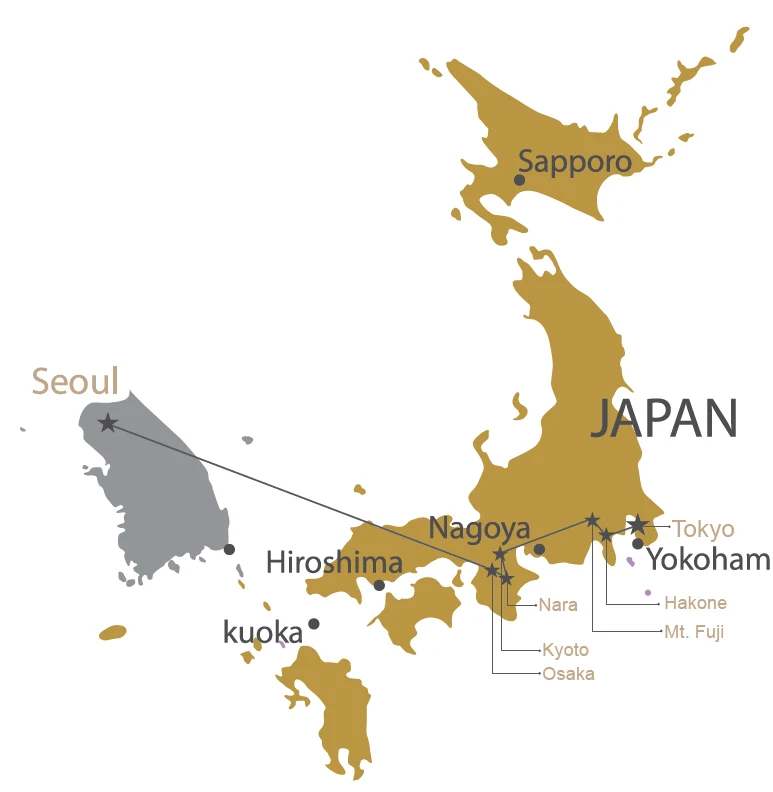
프랜차이즈와 제휴하고, 한정판 출시를 예약하고, 취미 용품점과 컨벤션을 활용하여 열정적인 수집가 커뮤니티에 다가가는 등 마케팅은 종종 IP를 기반으로 이루어집니다.
중동
많은 중동 시장에서 장난감 선택은 가족 중심의 놀이와 문화적 가치에 의해 크게 영향을 받습니다. 따라서 장난감 제조업체는 현지 문화와 가치 지향에 부합하는 제품을 만드는 데 주의를 기울여야 합니다. 보수적인 지역에서는 장난감 디자인(캐릭터 의상 및 이미지 포함)이 소매업체와 소비자의 장난감 수용도에 큰 영향을 미칠 수 있습니다. 궁극적으로 이러한 시장의 부모들은 일반적으로 교육적 또는 전통적인 가족 가치를 강화할 수 있는 장난감을 찾습니다.
디자인하는 방법:
- 민감한 이미지는 피하고, 적절한 경우 겸손한 의상/캐릭터 옵션을 제공하세요.
- 가족용 놀이 세트와 교육용 STEM 제품을 강조하세요.

아랍어 라벨링과 문화적으로 적합한 안전 아이콘으로 포장을 현지화하고, 쇼핑몰 활성화 및 출시 기념 가족 이벤트를 계획합니다. 수입 규정을 확인하고 해당되는 경우 할랄 친화적인 재료에 대한 주의 사항을 고려합니다. 가족 중심의 소매점 및 지역 이커머스 플랫폼을 통한 유통이 효과적인 경향이 있습니다.
라틴 아메리카
중남미에서는 사교 활동과 야외 놀이가 중요하며, 가족들은 일반적으로 내구성이 뛰어나고 가격이 저렴하며 자주 사용해도 문제가 없는 장난감을 찾습니다. 생생한 색상, 대담한 디자인, 문화적으로 공감할 수 있는 테마가 인기 있으며, 구매자들은 가치 지향적인 제품 조합과 프로모션 아이템에 좋은 반응을 보이고 있습니다.
디자인하는 방법:
- 인기 있는 콘셉트(물놀이, 스포츠 장난감, 야외 세트)의 견고하고 저렴한 버전을 제공합니다.
- 대담한 색상과 문화적으로 친숙한 캐릭터/테마를 사용하세요.
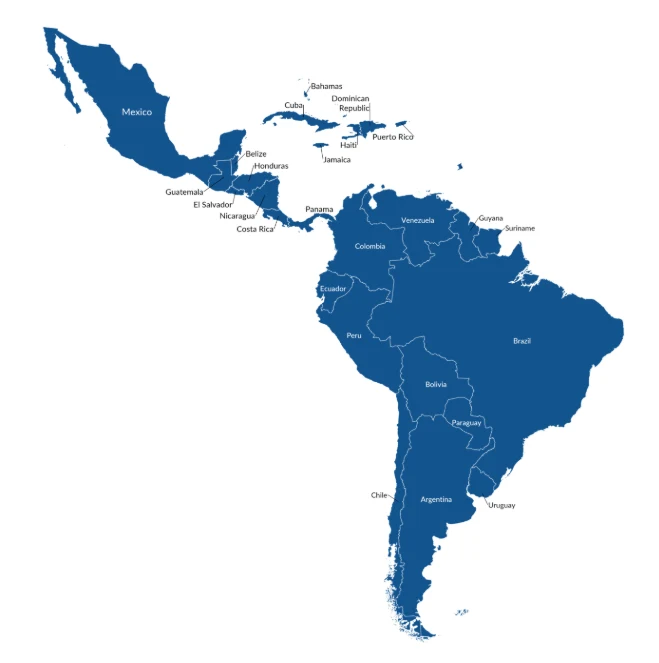
아프리카
많은 아프리카 시장에서 장난감은 내구성과 다용도성이 중요하게 여겨지는데, 이는 놀이가 종종 공동의 공동 경험이기 때문입니다. 다양한 방식으로 사용할 수 있고 오래 사용할 수 있는 다목적 장난감에 대한 수요가 높습니다. 또한 도심에서 모바일 커머스가 성장함에 따라 제조업체는 이를 활용하여 소비자에게 직접 다가갈 수 있습니다. 교육용 장난감의 경우, NGO(비정부기구) 또는 학교와 파트너십을 맺는 것이 장난감 디자인, 유통, 홍보에 매우 효과적인 전략입니다.
디자인하는 방법:
- 다목적 장난감(놀이 + 학습), 견고한 구조, 저전력 또는 태양광 기술 옵션을 우선적으로 고려하세요.
- 문화적 관련성을 위해 현지 스토리텔링 요소와 텍스타일을 활용하세요.
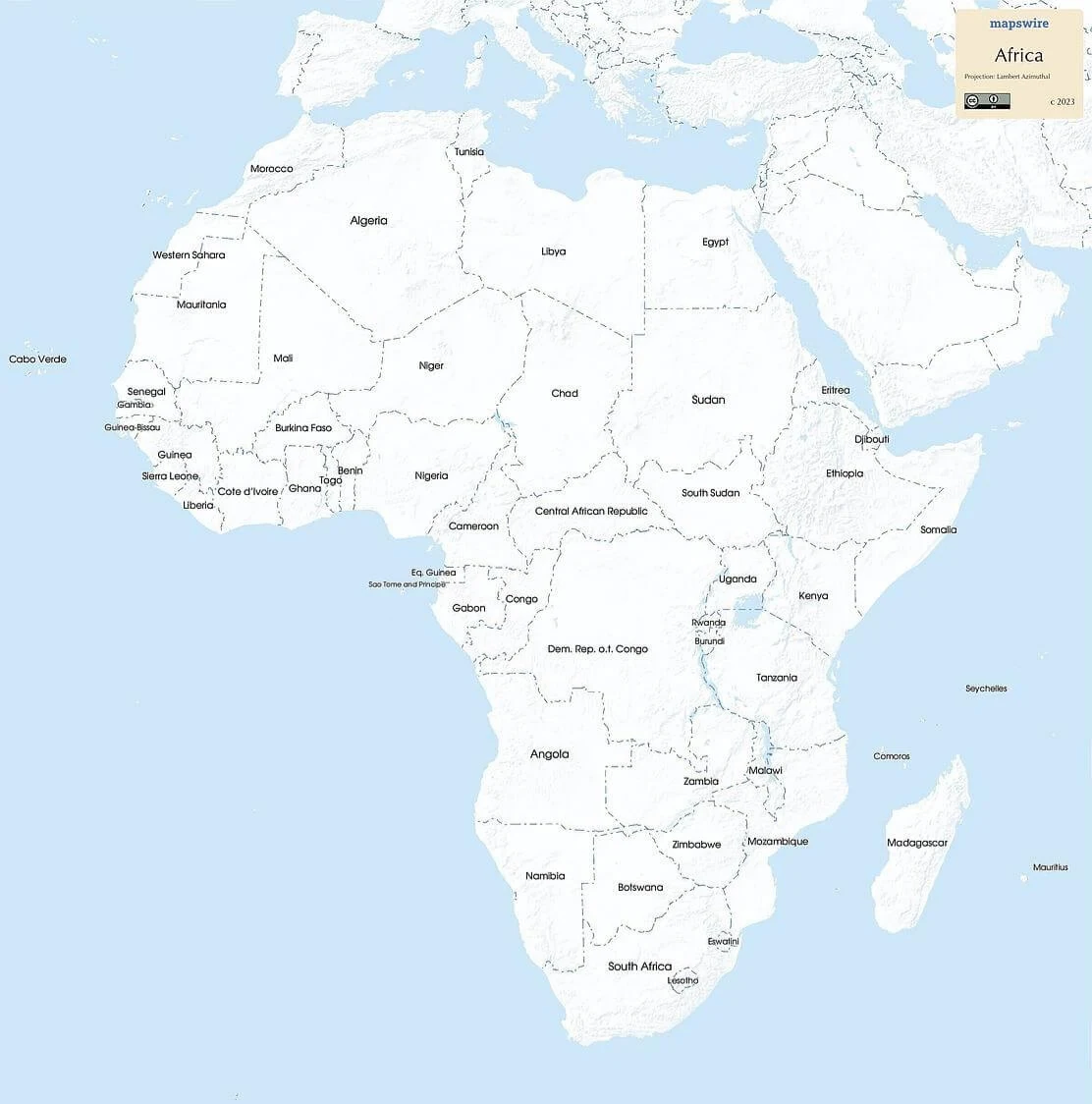
결론
글로벌 디자인이란 모든 사람을 위한 하나의 제품을 만드는 것을 의미하지 않습니다. 성공적인 장난감 디자인은 현지 상황에 맞게 기능과 스토리텔링을 조정합니다. 한두 개의 타겟 시장을 우선순위로 정하고 현지에서 프로토타입을 제작하여 공감을 얻는 제품을 확장하는 것부터 시작하세요. 제품 개발에 문화적 인텔리전스를 도입하는 제조업체는 장난감 업계의 트렌드를 따라가는 것이 아니라 트렌드를 선도할 수 있습니다.
회사 소개

청지는 선도적인 최고의 장난감 공급업체 다양한 장난감을 제공하는 여러 카테고리안전, 창의성, 내구성을 결합한 제품입니다. 품질에 대한 당사의 노력은 모든 제품이 국제 표준을 충족하고 고객에게 지속적인 가치를 제공하도록 보장합니다.
강력한 R&D 및 제조 역량을 바탕으로 다음과 같은 서비스를 제공합니다. 맞춤형 장난감 솔루션 다양한 시장 니즈에 맞춰 브랜드가 제품 라인을 확장하고 경쟁력을 강화할 수 있도록 지원합니다.

